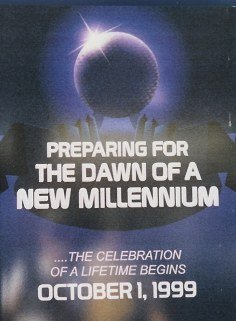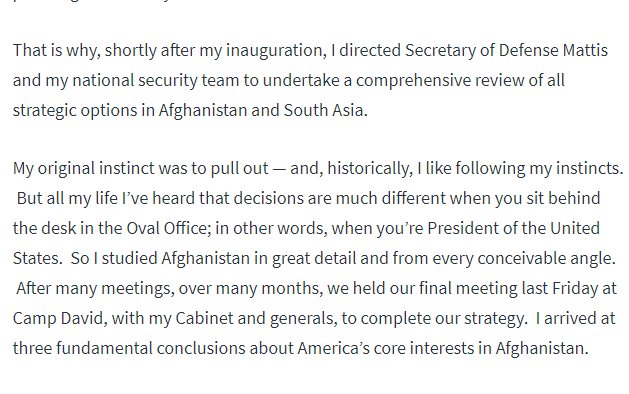This might be a good time to revisit the elections of the past
No better place to start than 1952
A historic election when a largely illiterate nation (with less than 20% literacy) exercised the right to franchise extended universally to all adults by the newly promulgated Constitution
So 1952 is the first election that engaged the Indian society at large
Unsurprisingly Congress emerged as the clear winner with 364 seats and a vote share of 45%
So 55% of the voters did not vote for Congress even in this v first general election
There were as many as 53 parties in the fray in the election!
Yes...you read that right...53!
Of which 22 parties won at least 1 seat
The Right was still a very marginal presence back in '52. The Swatantra Party's formation was still 7 years away
Both the Left and the Right were heavily splintered in 1952. While the Left vote to this day remains splintered, the Right vote has both increased its share of the pie and also consolidated behind a single party - the BJP - the successor of Bharatiya Jan Sangh
Left :
In terms of vote share the Socialist Party was by far the most important party. With over 10% of the national vote.
Jayaprakash Narayan was its tallest leader. And no doubt a major factor behind its popularity
Among their 16 seats, 8 were in Madras state, 5 in West Bengal, 1 in Orissa and 2 in Tripura.
None in Travancore / Cochin!
Their 12 seats were won across 8 separate states!
6 of its 9 seats were won in Madras
Soon after the election the party merged with JP's socialist party
Many of its leaders were involved in the Telangana rebellion of the late 40s against the feudal lords of the region
The precursor of the BJP - the Bharatiya Jan Sangh - had a vote share of 3% that year. Far lower than the vote shares of the left wing parties we just discussed
Interestingly 2 of its 3 seats were won in West Bengal! Not associated with BJP today
Ram Rajya Parishad and Hindu Mahasabha between them won 7 seats b/w them - 4 more than Jan sangh. And with a combined vote share as high as that of BJS
It was a v staunchly traditionalist party that led the agitation against the Hindu law reform of the 50s
The party was founded by Swami Karpatri of Dashanami sampradaya
This was a party dominated by princes and landlords, but with a regional Orissa focus. All 6 of its seats were in Orissa.
Later it became part of Swatantra party in the 60s
Ranga would later collaborate with Rajaji to found the Swatantra party
The Scheduled Caste federation was headed by none other than Baba Saheb Ambedkar.
Interestingly Ambedkar lost his election in 1952 against the Congress candidate
(Contd..)
Their somewhat pretentious names are amusing, given their agendas which were no doubt parochial and narrow
Jharkhand Party
Shiromoni Akali Dal
Travancore Tamil Nadu Congress Party
Shiromoni Akali Dal - that was to later lead the Punjabi Suba movement for a separate Punjab state.
Now a few other things to note about this election -
Until the 60s, the Lok Sabha elections had multi-seat constituencies. In 1952, 314 constituencies had 1 seat, 86 had 2 seats and 1 had 3 seats
Jawaharlal Nehru
Masuriya Din (a Pasi SC candidate)
But there were some states where its performance was underwhelming
Also in Rajasthan where it won only 8 out of 19 seats
The party also struggled a bit in states like Orissa and Hyd where it was up against regional players - Ganatantra Parishad in Orissa and PDF in Hyderabad
In 2014, the share of the Left was barely 5%. A huge change.
And more importantly the failure of the Right to align with the more "secular" right wing forces like Swatantra Party in later years




















